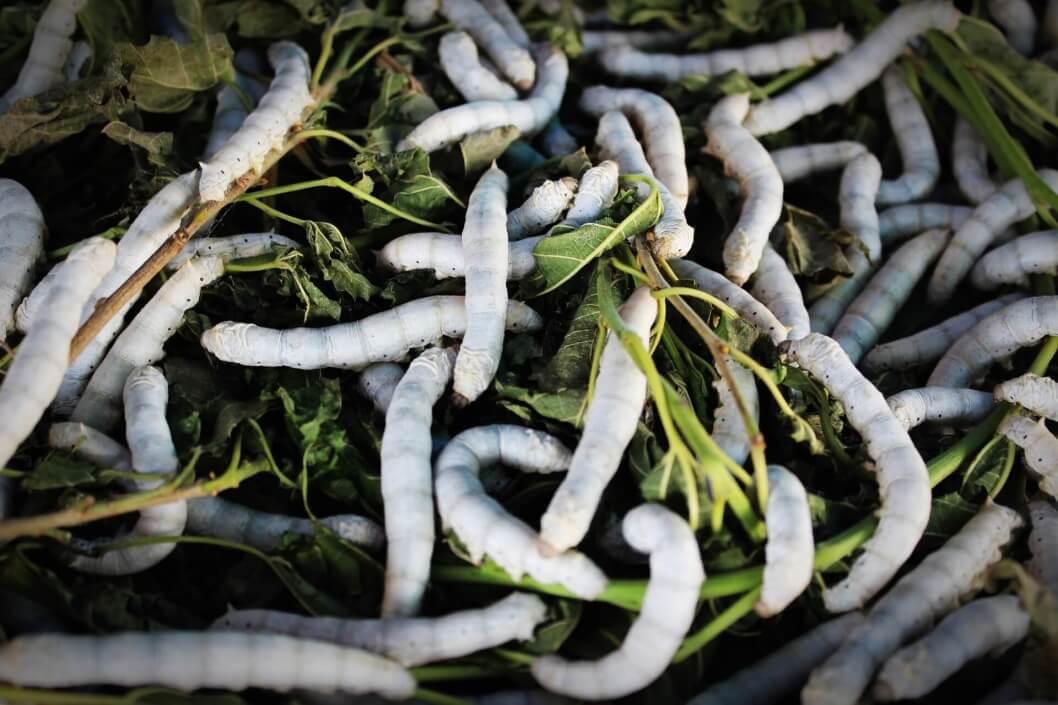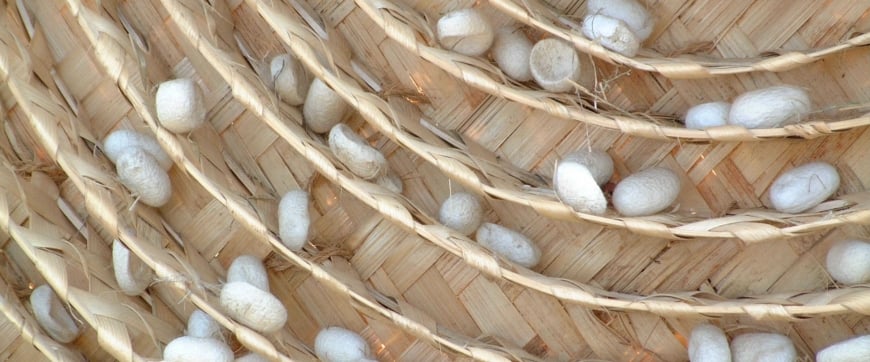
Silk is a luxurious and valuable fabric that has been prized for thousands of years. It is known for its softness, shine, and durability, and has been used to make everything from clothing to bed sheets. But where does silk come from? What animal gives us this precious fiber? In this article, we will explore the fascinating world of silk and the creature that produces it.
The Silk Worm

The animal that gives us silk is the silk worm, also known as the Bombyx mori. The silk worm is actually the larva or caterpillar stage of the silk moth. The adult silk moth does not produce silk; it is the silk worm that does all the work.
Silk worms are native to China, where silk production began thousands of years ago. Today, silk is produced in many countries around the world, including India, Japan, and Italy.
Silk Production
Silk production begins with the silk worm. The silk worm spins a cocoon around itself using a single thread of silk that can be up to 900 meters long. Inside the cocoon, the silk worm transforms into a pupa and eventually into an adult silk moth.
To harvest the silk, the cocoons are boiled or steamed to kill the pupa inside. This process is controversial because it results in the death of the silk worm. Some silk producers are experimenting with alternative methods that do not harm the silk worm, such as waiting for the pupa to emerge as a moth before harvesting the silk.
Silk Properties

Silk is known for its unique properties that make it a desirable fabric. Silk is soft, smooth, and comfortable to wear. It has a natural sheen that makes it look luxurious. Silk is also strong and durable, and can last for many years if cared for properly.
Silk is also hypoallergenic, which means it is unlikely to cause an allergic reaction in most people. This makes it a popular choice for people with sensitive skin or allergies.
Uses of Silk

Silk is a versatile fabric that can be used to make a wide range of products. Clothing is one of the most common uses of silk, and includes dresses, blouses, and scarves. Silk is also used to make home textiles such as bedding, curtains, and upholstery.
Other uses of silk include medical applications such as surgical sutures, and industrial applications such as high-performance parachutes and bulletproof vests.
Caring for Silk

To keep silk looking its best, it is important to care for it properly. Silk should be hand washed or dry cleaned, as machine washing can damage the fabric. Silk should be washed in cool water with a gentle detergent, and should not be wrung out or twisted. Silk should be hung to dry or laid flat to dry, and should not be exposed to direct sunlight or heat.
Ironing silk can also be tricky, as it is prone to scorching. Silk should be ironed on a low setting or with a pressing cloth to protect the fabric.
Conclusion
Silk is a beautiful and valuable fabric that is produced by the silk worm. The silk worm spins a cocoon around itself using a single thread of silk that can be up to 900 meters long. Silk is soft, smooth, and comfortable to wear, and has a natural sheen that makes it look luxurious. Silk is also strong and durable, and can last for many years if cared for properly. Whether you are wearing a silk dress or sleeping on silk sheets, you can appreciate the beauty and versatility of this amazing fabric.